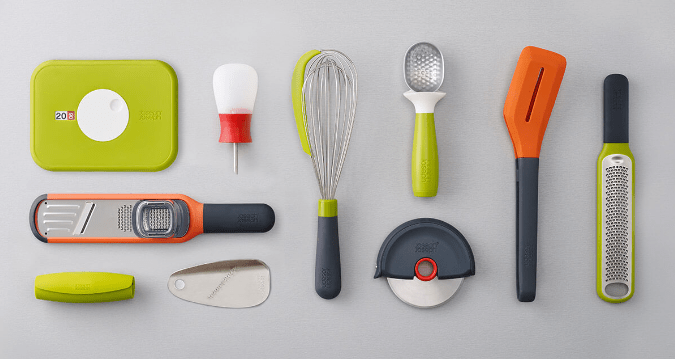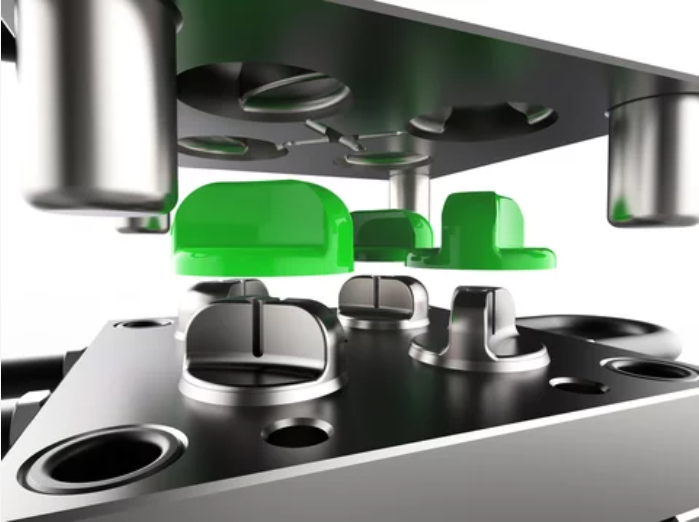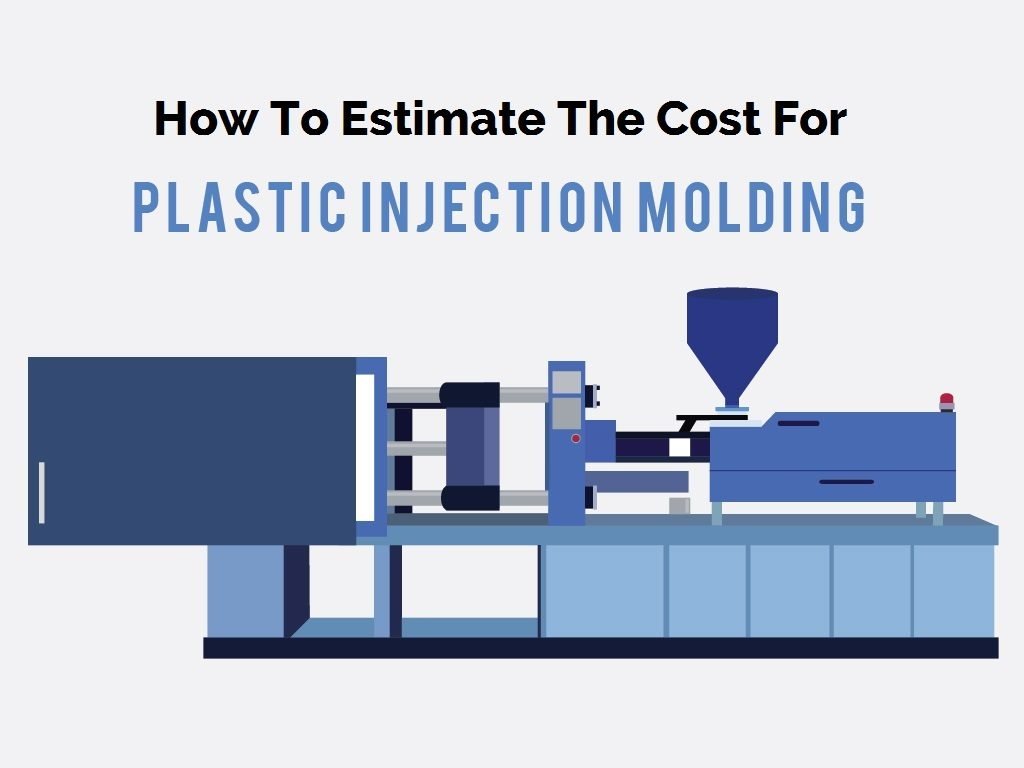Every day we come across tools, parts, and objects manufactured using overmolding. Manufacturers use over-molding to create tools, replace machine parts, and even manufacture toys.
A toothbrush with a rubber grip, a screwdriver with a plastic handle, and a soft grip on a handheld drill are some examples of overmolded objects.
It may simplify the handling of objects and tools. But to get a deeper understanding of the process, let’s delve into the definition of overmoulding. And the different kinds of overmoulding processes available.
This article also includes a thorough description of the process of overmoulding and a breakdown of the cost factors.
What is Overmolding?
Overmoulding is a manufacturing process that involves molding a material over another material or substrate to create a single part. It includes placing a pre-formed material or substrate, such as a metal component, into a mold cavity.
After the substrate is placed, the process includes injecting a second material over the substrate to create a finished product. Overmoulding uses materials like thermoplastics that eliminate the need for fasteners and glue to hold the parts together.
Overmoulding has several techniques, including compression molding, transfer molding, and injection molding. What is over-molding in injection molding will be discussed later in the article. The choice of the technique for over-molding depends on factors like the desired properties of the finished product, the complexity of the object, and the materials used.
What is the Substrate?
A substrate lays the structure of the tool or object on which a mold is created. The over-molding process injects substances like silicone, thermoplastic rubber, and elastomer over the substrate inside the mold. The resulting product is reliable, strong, and offers improved ergonomics.
What is the Application of Overmolding?
Overmolding can be used to add functional and aesthetic features to a product. For example, an overmolded handle on a tool can provide a comfortable grip while an overmolded logo can provide a branding element.
Here are some common examples of overmolded objects that are common in households:
- A toothbrush with a soft rubber grip is an example of over-molding. The toothbrush handle, made of plastic, is the substrate material, and the soft rubber grip is the overmold material. The rubber grip is molded around the plastic handle to create a comfortable and ergonomic grip for the user.
- Another example of over-molding is the handle of a screwdriver. The substrate material is the metal shaft of the screwdriver, while the overmold material is a soft rubber or plastic grip. The overmolded grip provides a comfortable grip and improved control while using the screwdriver.
- Handheld drills also commonly use over-molding in their design. The substrate material is typically a rigid plastic or metal, while the overmold material is a soft rubber grip. The rubber grip provides comfort and control to the user when they are using it for extended periods. The rubber grip or the layer over the tool also protects it from damage due to dropping or impact.
Apart from manufacturing products, overmolding is also a reliable method to create machine parts that would otherwise be difficult or impossible to produce using other methods. Overmolding is also a viable choice for replacing worn-out machine parts.

Household overmolding parts examples
How Does Overmolding Work?
Essentially, overmolding is similar to the standard injection molding process but involves molding plastic or rubber over existing parts. The difference lies in the operation ways. In over-molding, the substrate is loaded into the mold at the shooting cycle, and there are two main overmolding methods:

1. Manual Molding:
In manual molding, the substrate is manufactured by traditional injection molding process, if the substrate is metal, it needs to be machined by CNC machining process. The operator then manually loads the substrate into another mold for overmolding. The finished part is then removed, inspected and packaged. While manual overmolding is suitable for low to medium-volume production, its simplicity is offset by the fact that cycle times can be inconsistent due to operator involvement. As order volumes increase, the labor-intensive nature may prompt a shift to automated systems or two-shot molding.
2. Two-shot Injection Molding
The more advanced injection molding machines can produce two different polymers at the same time. The two shot injection mold is more complex, molding uses complex molds and manipulators to inject the substrate on one side and then transfer it to the other side. This occurs in each cycle. The process requires more advanced injection molding machines and molds, but can be less expensive per part than manual operations.
Choosing between the two injection molding operations depends on the situation. There is no standardized rule as to when an automated injection molding operation is necessary. In order to provide the end user with the best option, injection molders consider several variables, such as labor allocation, annual order volume, budget, material usage, cycle times, etc.
What is the Difference Between Overmolding and Insert Molding?

Insert molding is a form of injection overmolding. The only difference between over-molding and insert molding is that the pre-formed part is added to the mold before pouring the molding material. The material flows around and between the pre-formed substrate to form a finished product that has better durability and strength than an overmolded component. In overmolding the material is molded over another material. An example is the rubber part of the toothbrush.
The preformed substrate is either procured from a different facility or manufactured according to the needs of the product. Both overmolding and insert molding are used to add functional features, and aesthetic features, or create complex, multi-material parts.
What are the Types of Overmolding?
There are many kinds of overmolding, including plastic over plastic, plastic over metal, rubber over metal, and rubber over plastic. Dividing the materials of the mold, there are two kinds of overmolding – plastic overmolding and rubber overmolding.
Plastic Overmolding
Plastic overmolding is a process in which a plastic material is molded over another material or substrate to create a finished product. This process is common to electrical connector manufacturing, medical devices, automotive components, and consumer goods.
The plastic overmolding process mostly uses the injection molding technique. In this technique, the manufacturer melts the plastic material and injects it into a mold cavity. The substrate or material to be overmolded is placed into the mold cavity, and the plastic material is injected around and over the substrate. After setting, the finished product is taken out of the mold cavity.
Usually, a thermoplastic material is used for plastic overmolding. The reason is that thermoplastics can be melted and remelted without impacting their properties. Plastic overmolding can be used in combination with other manufacturing processes, such as insert molding, to create products with even more complex shapes and functions.
Rubber Overmolding
Rubber overmolding uses a rubber material for overmolding. Examples of products that use rubber overmolding are handles, gaskets, seals, and grips. The main purpose of using rubber overmolding is to enhance the ergonomics of objects. For example, if a metal handle were installed for turning the on and off the machine, it would have been a process in which rubber is molded over another material or substrate to create a finished product. This process is commonly used in the manufacturing of products such as handles, grips, seals, gaskets, and other rubber components.
The rubber overmolding process is similar to plastic overmolding. The substrate is placed into the mold cavity and liquid rubber is injected around it, encapsulating it. One additional step in rubber overmolding is curing the rubber. After the injection is complete, the mold is heated. Then when the rubber finally cools down, the finished product is taken out of the mold cavity.
Some rubber materials used in the overmolding process are natural rubber, elastomer, silicone, and EPDM. Mainly these substances provide an enhanced grip and resistance. Also, rubber is used for shock resistance, chemical resistance, and flexibility.
Rubber overmolding and plastic overmolding can also be used in combination to complete complex parts.
How to Design an Overmold?
Several factors need to be considered when designing an overmold. The primary goal of these considerations is that the final product should meet the aesthetic, ergonomic, and functional requirements.
Here are the steps that show how manufacturers design an overmold:
- Determine the performance and functional requirements of the product: The first step is determining the functional, performance, and aesthetic requirements of the product. For example, if the product has to have the brand name on top, this aesthetic requirement needs to be listed.
- Choose the materials: The second step is to choose which materials will best meet the needs of the overmolding requirements. It includes selecting the material for the substrate and the overmold material for each layer.
- Consider the substrate design: Substrate design is also an essential part of the process. The substrate should have ribs, texture, and holes to ensure that the overmold material bonds to the material effectively.
- Design the overmold layer: The next step is to design the overmold layer, including the brand name design and any grip surface textures.
- Consider the molding process: After the design elements have been gathered, it is time to optimize the molding design, including the thickness of the mold and the volume of materials to be poured in.
- Create a mold: Before the mold is finalized, a prototype mold needs to be developed. It needs to be tested to ensure the product meets the aesthetic, ergonomic, and performance requirements.
Factors Affect Overmolding Cost
There cannot be a general estimate of the cost of overmolding. The reason is that the cost depends on many factors. These include the production volume, the complexity of the design, and the materials used. Here are the factors that impact the cost of an overmolding project:
- The complexity of the design: The complexity of the overmolded part also impacts production cost. More complex designs require more intricate molds, which can increase the cost of production.
- Materials used: The materials used in the overmolding process can also impact the cost. Certain materials, such as high-performance plastics or specialty rubbers are more expensive and increase the price levels.
- Production volume: One of the factors impacting the cost is the production volume. If the overmolding process needs to be automated, a higher price is associated with the project. But a higher volume can lower the per unit cost of production.
- Manufacturing process used: The manufacturing process used can also impact the cost of overmolding. For example, injection molding is often used for high-volume production, while 3D printing or manual casting can be more expensive for smaller production runs.
Overall, the cost of overmolding can vary widely depending on the specific project requirements. It’s essential to work with a trusted supplier who can help optimize the design and production process to minimize costs while still delivering a high-quality finished product
Calculating Injection Molding Cost: Tips And Facts You Need To Know
Conclusion
In conclusion, overmolded objects can simplify handling, improve ergonomics, and provide aesthetic value. The process has different techniques, such as compression molding, transfer molding, and injection molding. Overall, overmolding is a reliable and cost-effective method to manufacture products and machine parts that would otherwise be difficult or impossible to produce using other methods.





